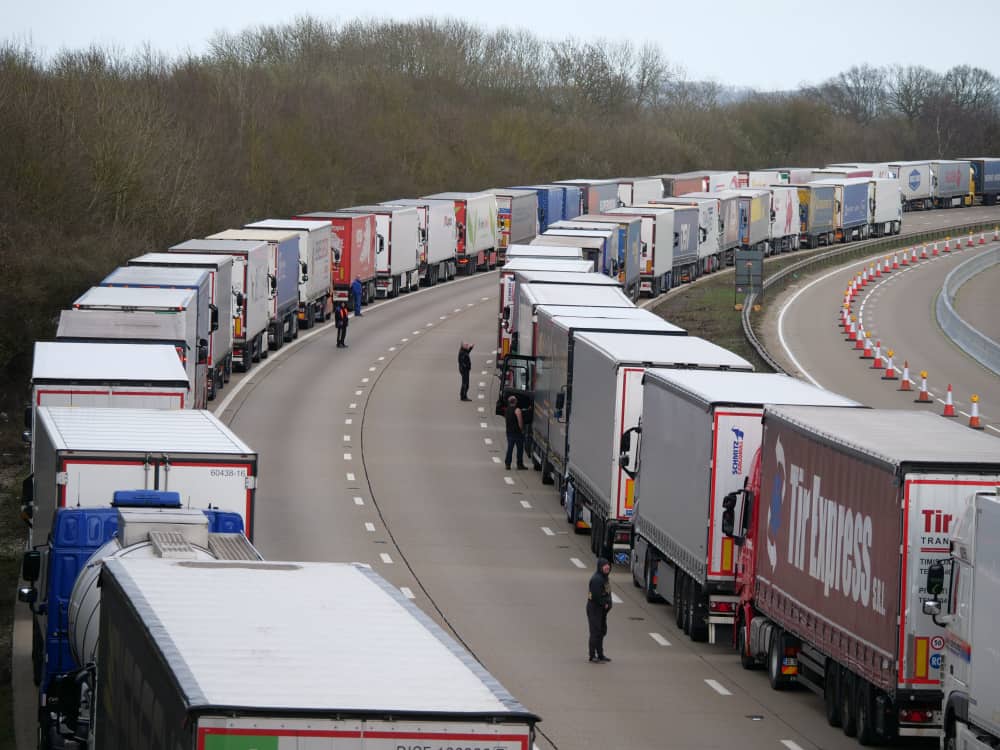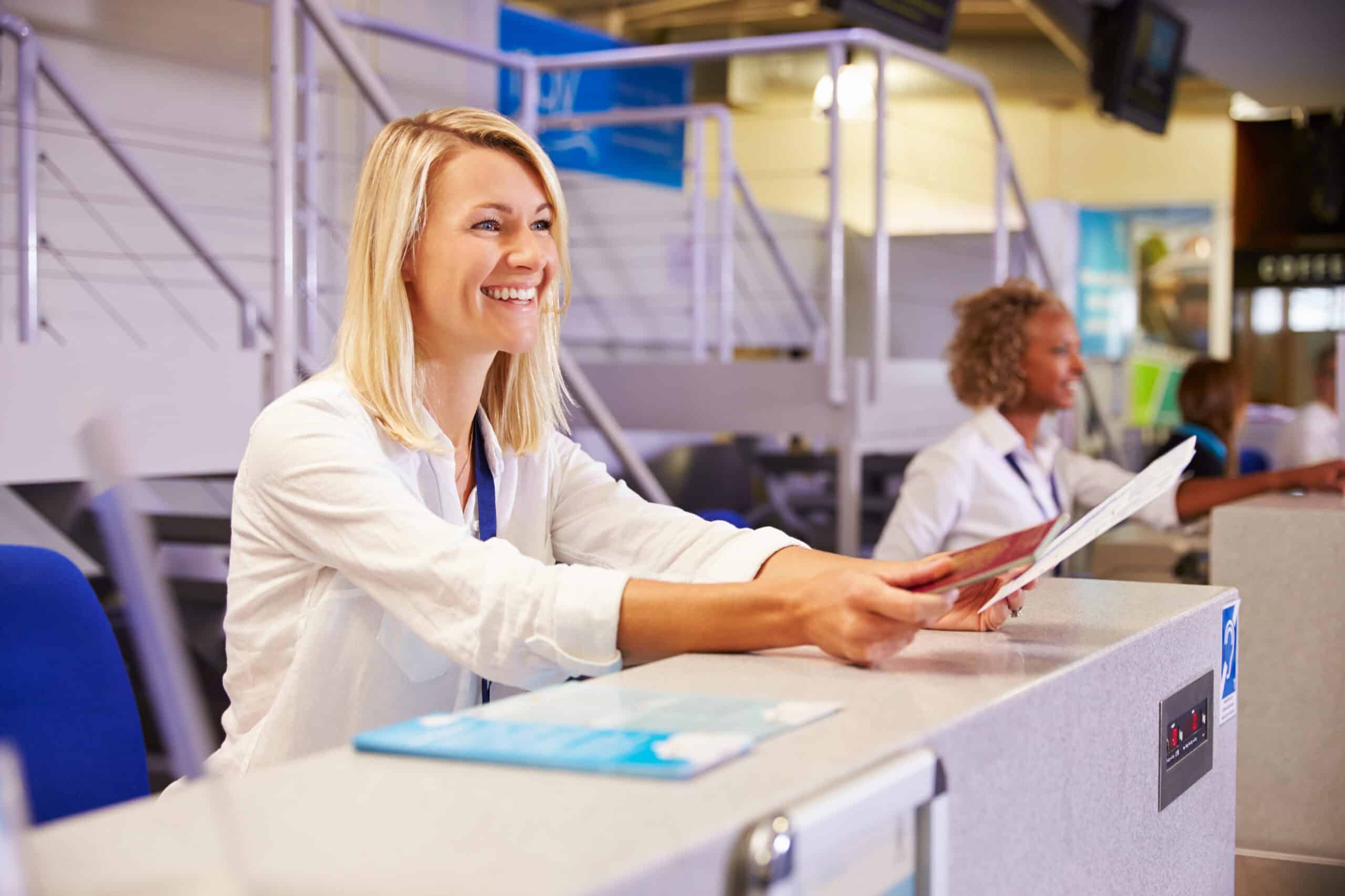Poor processes for passenger document checks frequently hamper aviation and maritime firms, leading to major delays, costs, and compliance risks. Manual checks intrinsically struggle with volume spikes, as even experienced staff are limited by the time it takes to manually check each traveller’s documents and visas.

Manual travel document checks create bottlenecks at airline and maritime embarkation points, with passenger queues in danger of exceeding allotted processing times. Teams struggle managing extreme workloads and the urgency to validate credentials before departure deadlines. Overwhelmed staff often shortcut protocols, risking unverified passengers boarding.

Manual travel document checks also risks frequent traveller credential mismatches, providing opportunities for error or intentional boarding pass falsifications. Carriers subsequently face fines for non-compliance, legal proceedings with affected passengers, and lasting brand damage.

Permitting illegitimate passengers to travel can further obstruct immigration inspections in destination ports.

Reliance on manual passenger checks comes at a great financial cost. This money could be redirected to other investments that enhance traveller experiences, staff training, sustainability, or even to generate savings for passengers themselves.

Migrating to specially-designed, automated travel document check solutions enables faster queue times, better travel rule compliance, and a better experience for passengers and staff. Automation can free-up resources to improve customer service, responsiveness, and environmental practices.




"*" indicates required fields